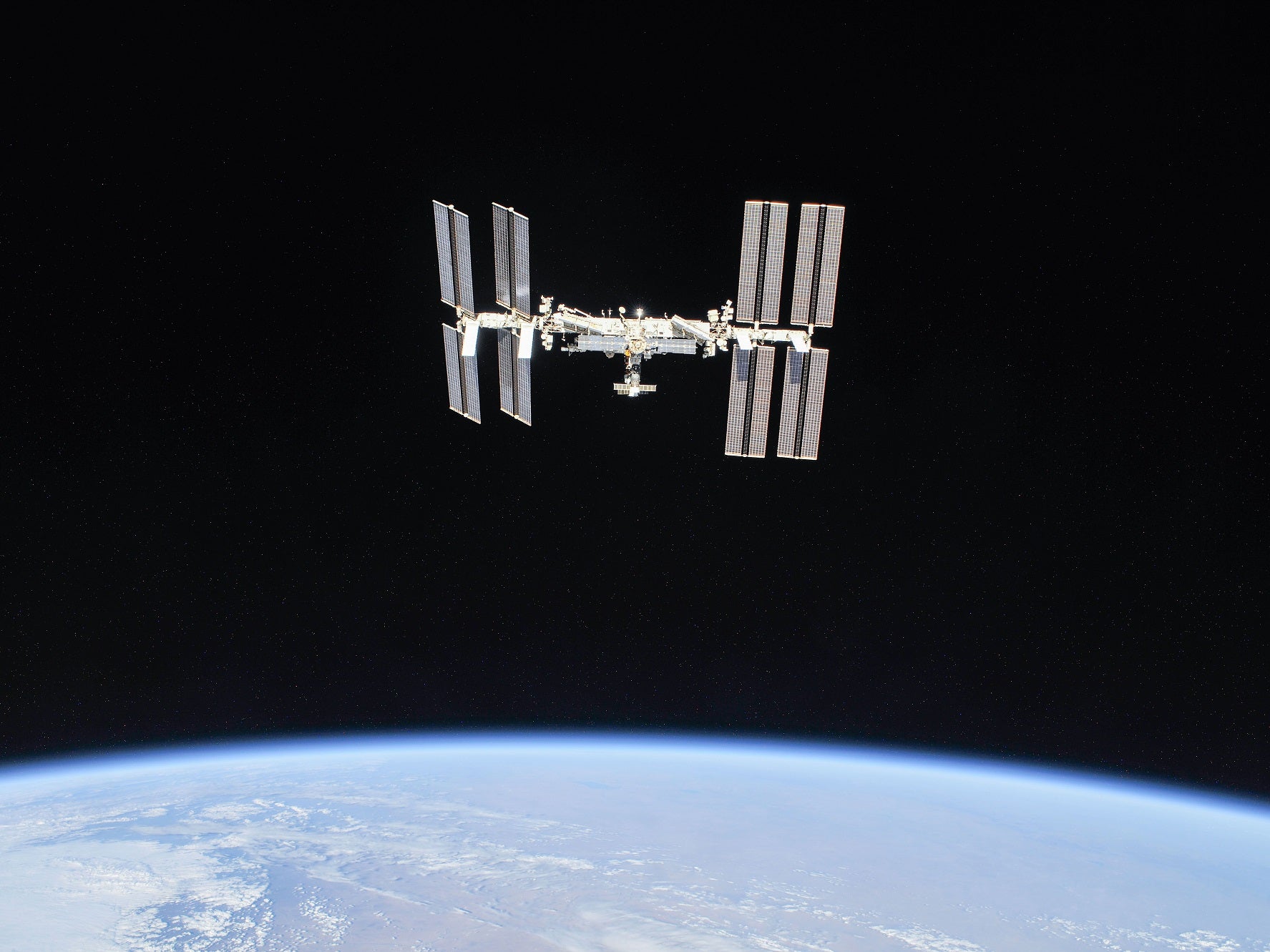ISS astronauts take emergency precautions as debris flies dangerously close to space station

Your support helps us to tell the story
From reproductive rights to climate change to Big Tech, The Independent is on the ground when the story is developing. Whether it's investigating the financials of Elon Musk's pro-Trump PAC or producing our latest documentary, 'The A Word', which shines a light on the American women fighting for reproductive rights, we know how important it is to parse out the facts from the messaging.
At such a critical moment in US history, we need reporters on the ground. Your donation allows us to keep sending journalists to speak to both sides of the story.
The Independent is trusted by Americans across the entire political spectrum. And unlike many other quality news outlets, we choose not to lock Americans out of our reporting and analysis with paywalls. We believe quality journalism should be available to everyone, paid for by those who can afford it.
Your support makes all the difference.Astronauts on board the International Space Station have been forced to take emergency precautions amid an alert over dangerous space debris.
Crew in both the Russian and American parts of the station went into the Soyuz and SpaceX Crew Dragon capsules in case the debris collided with the ISS. They were instructed to shelter in space in fear of a collision.
They have since returned to the main station and did not find any signs of a collision, according to live Nasa broadcasts of the conversations between the crew and ground control.
The debris cloud appears to be passing by the ISS on a regular, 90-minute schedule, as both of them orbit around the Earth, Nasa said. As such, operations had not returned entirely to normal – some parts of the ISS were still closed off – but engineers on the ground appeared confident that the threat had mostly passed.
The procedures come amid increasing concern about the risk space debris poses to both those in space as well as people down on the ground. The increasing number of satellites above Earth – and the relatively limited resources to clean them up – mean that the changes of a collision are always increasing, and the consequences of such a crash could be significant.
The latest events on the ISS comes just days after Roscosmos said that the ISS had to move its orbital altitude up by more than a kilometre, to avoid another collision with debris. On 10 November, it moved out of the way of a piece of Chinese weather satellite that was destroyed in 2007.
Those manoeuvres were undertaken two days before the expected approach of the satellite debris. If a potential collision is detected without such notice, however, astronauts can be forced to take shelter in their spacecraft in case of an emergency.
Join our commenting forum
Join thought-provoking conversations, follow other Independent readers and see their replies
Comments